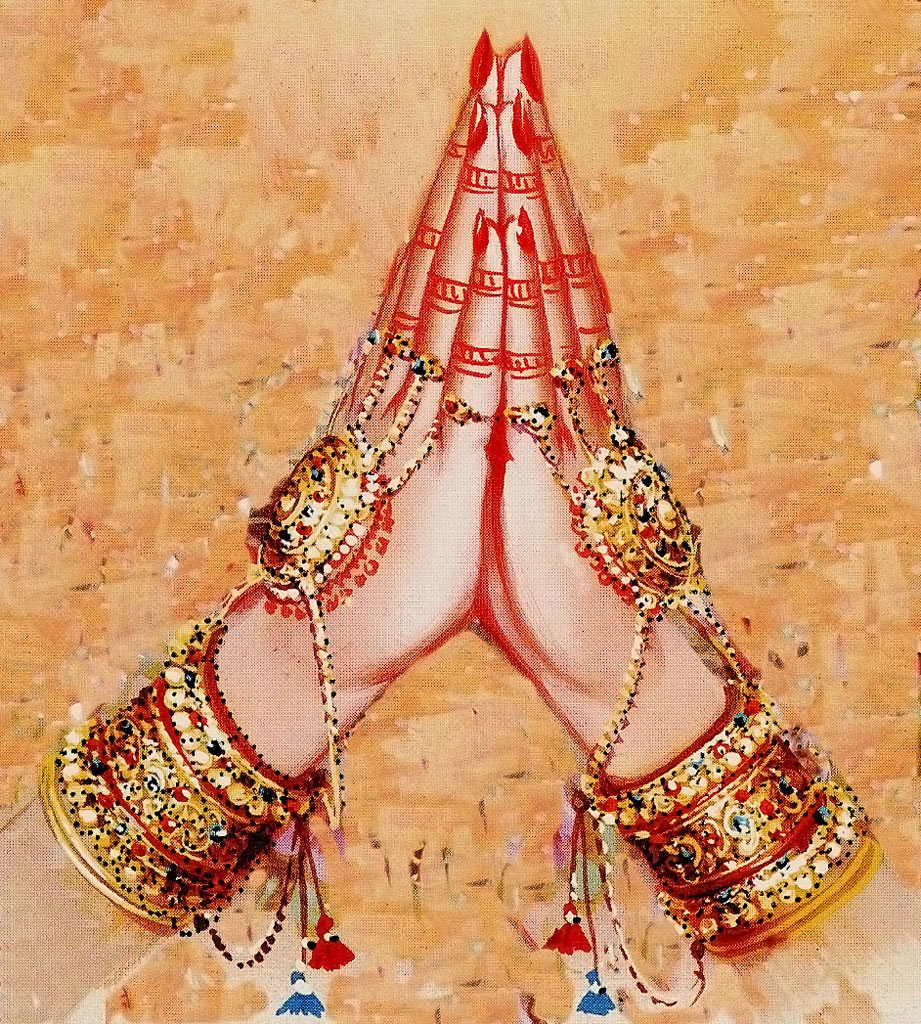In a world increasingly influenced by globalization and cultural exchange, the greeting "Namaste" has transcended its Indian roots to become a universal symbol of respect and acknowledgment. This simple word, often accompanied by a gesture of palms pressed together, holds profound significance that goes beyond its literal translation. Understanding what does the namaste mean requires us to delve into the rich tapestry of cultural, spiritual, and social contexts that shape its usage.
Traditionally, "Namaste" is derived from Sanskrit, where "namah" means bow, and "te" means you. Therefore, the term essentially translates to "I bow to you." However, its implications stretch far deeper, representing an acknowledgment of the divine in each individual. This greeting is not just a formality but an invitation to connect on a deeper level, recognizing the shared essence of humanity and the sacredness of life itself.
As we explore the multifaceted meanings of "Namaste," we will discover its significance in various contexts, including yoga, spirituality, and daily interactions. By unpacking this beautiful term, we can appreciate its value in promoting peace, compassion, and unity in our increasingly diverse world. So, what does the namaste mean beyond the surface? Let’s take a closer look.
What Is the Historical Context of Namaste?
The term "Namaste" has been part of Indian culture for centuries, with its roots firmly planted in ancient traditions and spiritual practices. Historically, it has been used as a respectful greeting among individuals, irrespective of their societal status. In Hinduism, it is seen as a way to honor the divine presence in others, reflecting the belief that everyone embodies a part of the universal spirit.
How Is Namaste Used in Daily Life?
In modern times, "Namaste" has found its way into everyday interactions, especially in places with a significant influence of Indian culture. It is commonly used in greeting friends, family, and even strangers as a sign of respect and goodwill. The gesture of pressing the palms together, known as Anjali Mudra, accompanies the verbal greeting and enhances the expression of reverence.
What Does the Namaste Mean in Yoga?
In the yoga community, "Namaste" has become an integral part of practice. In this context, it serves as a reminder of the connection between teacher and student, as well as between practitioners. At the end of a yoga class, instructors often say "Namaste" to express gratitude, acknowledging the shared experience and energy within the space. This creates a sense of unity and collective consciousness among participants.
What Are the Spiritual Implications of Namaste?
Beyond its usage in greetings, "Namaste" carries deep spiritual meaning. It is a way to honor not only the person being greeted but also the spiritual essence that resides within them. This acknowledgment fosters a sense of humility and equality, as it reminds individuals that we are all interconnected through a divine source.
How Can Namaste Promote Peace and Understanding?
In a world often divided by differences, the practice of "Namaste" can serve as a powerful tool for promoting peace and understanding. By recognizing the divine in one another, we cultivate compassion and empathy, essential ingredients for harmonious living. This simple act of respect can bridge gaps between cultures and foster a sense of community, regardless of background.
What Does the Namaste Mean in Different Cultures?
While "Namaste" originates from India, its use has spread globally, adapting to various cultural contexts. In some Western yoga studios, it has become a standard farewell, while in other cultures, similar greetings signify respect and acknowledgment. This adaptability highlights the universal longing for connection and the importance of recognizing the shared human experience.
How Can We Incorporate Namaste into Our Lives?
To embrace the spirit of "Namaste" in our daily lives, we can start by practicing mindfulness and gratitude. Simple actions, such as greeting others with a genuine smile, expressing appreciation, or practicing active listening, can embody the essence of this greeting. Additionally, incorporating "Namaste" into our yoga practice or meditation can deepen our understanding and connection to ourselves and others.
Conclusion: What Does the Namaste Mean to You?
As we have explored, "Namaste" is much more than a simple greeting; it is a profound expression of respect, acknowledgment, and unity. Understanding what does the namaste mean invites us to reflect on our connections with others and the world around us. By embracing the principles behind this powerful word, we can foster a more compassionate and understanding society, one "Namaste" at a time.
Discovering The Benefits Of A Costco Standing Desk: Your Guide To Workplace Comfort
Discovering Leonor De Bélgica: A Royal Journey
Unveiling The Hidden Layers: The "Op Meaning Slang"


